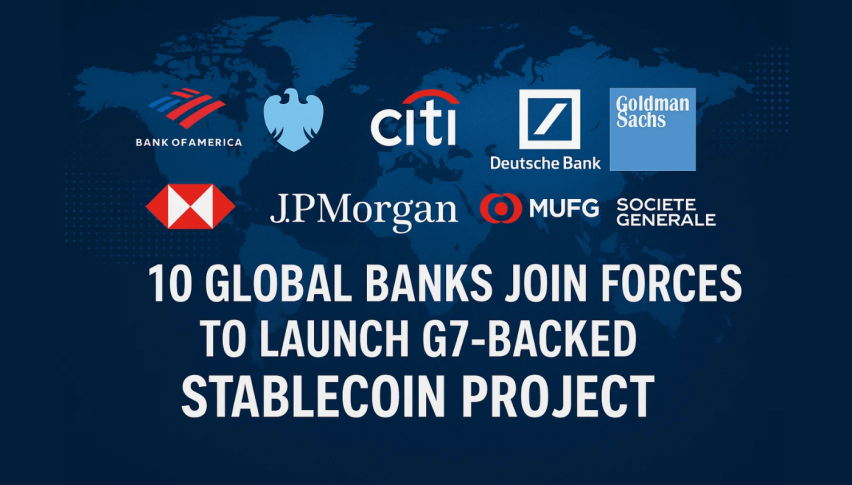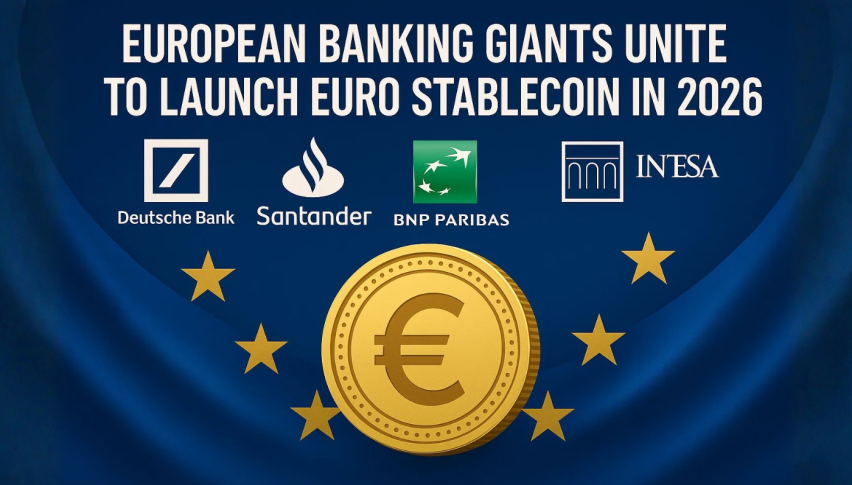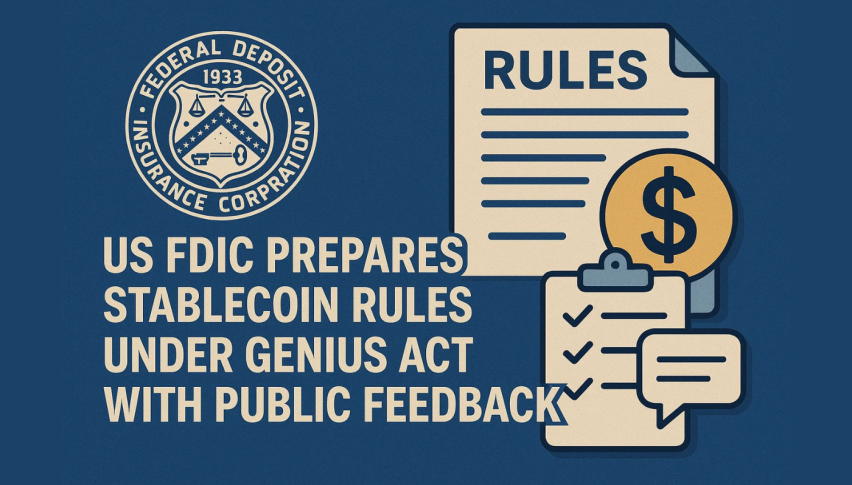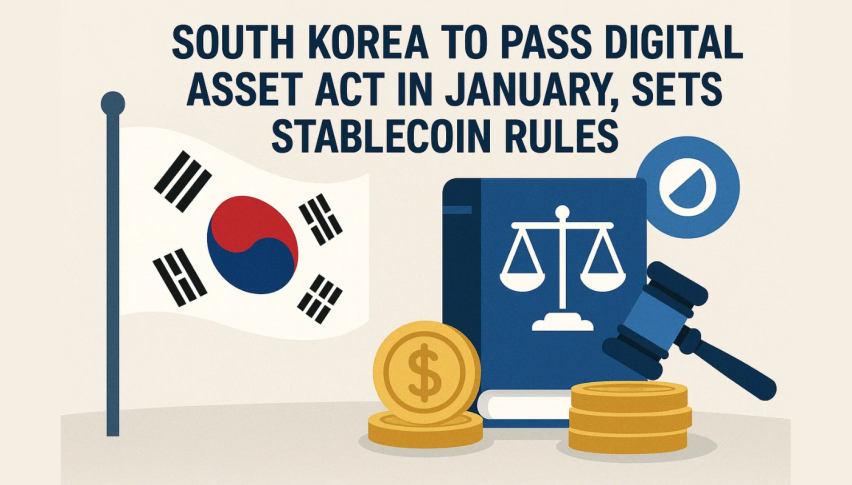10 Global Banks Join Forces to Launch G7-Backed Stablecoin Project
Ten of the world’s biggest banks have joined forces to create a G7-backed stablecoin, a major milestone for blockchain in traditional...

Quick overview
- Ten major banks have collaborated to create a G7-backed stablecoin, marking a significant advancement for blockchain in traditional banking.
- The stablecoin will be 1:1 reserve-backed by major G7 fiat currencies, facilitating secure and regulated transactions on public blockchains.
- This initiative aims to bridge centralized banking and decentralized finance while ensuring compliance with financial laws and AML standards.
- Experts believe this could modernize the global payment system, potentially reducing reliance on intermediaries like SWIFT.
Ten of the world’s biggest banks have joined forces to create a G7-backed stablecoin, a major milestone for blockchain in traditional banking. The initiative, announced October 10, will create a 1:1 reserve-backed digital currency pegged to major G7 fiat currencies, for secure and regulated transactions on public blockchains.
The banks involved are Banco Santander, Bank of America, Barclays, BNP Paribas, Citi, Deutsche Bank, Goldman Sachs, MUFG Bank Ltd., TD Bank Group and UBS – a combined trillion in assets. The project will bridge the gap between centralised banking and decentralised finance by offering a transparent, fully regulated digital payment solution.
The statement from the group reads:
“We are exploring a reserve-backed digital currency that provides a stable payment asset on public blockchains, focused on G7 currencies.”
This collective move shows the growing institutional confidence in blockchain as a viable infrastructure for global finance – without compromising on compliance or monetary stability.
A Regulated Road to Blockchain
The banks are working closely with regulators and supervisory authorities in multiple jurisdictions to ensure the stablecoin is designed in line with financial laws, anti-money laundering (AML) standards and best practice risk frameworks.
Key goals of the project are:
- 1:1 reserve backing against G7 currencies (USD, EUR, JPY)
- Cross border efficiency and lower transaction costs
- Payment transparency and traceability
- Regulatory oversight through built-in compliance protocols
According to analysts this is one of the most structured approach by legacy banks to adopt blockchain within a fully supervised financial system.
Impact on the Future of Finance
Experts call this a strategic step towards modernising the global payment system. A successful rollout could change how institutions settle, remit and transfer assets – potentially reducing the need for intermediaries like SWIFT.
While critics say regulation-heavy models will stifle innovation, supporters argue a reserve-backed stablecoin governed by big banks offers stability, transparency and credibility – traits often missing in the crypto space.
If this works it will set a new standard for how the world’s biggest banks combine trust, tech and transparency – defining digital money for decades to come.
- Check out our free forex signals
- Follow the top economic events on FX Leaders economic calendar
- Trade better, discover more Forex Trading Strategies
- Open a FREE Trading Account


